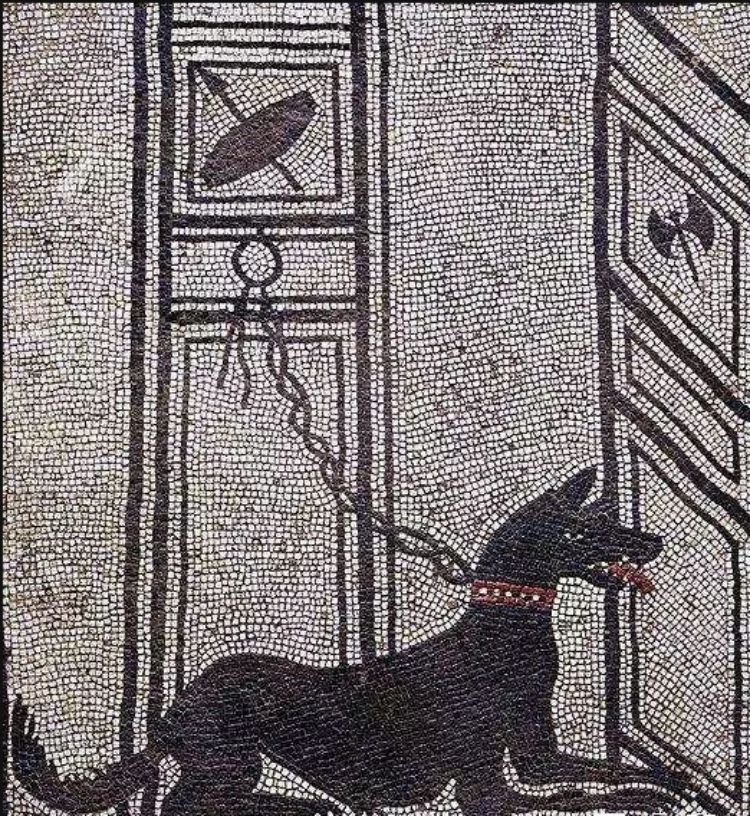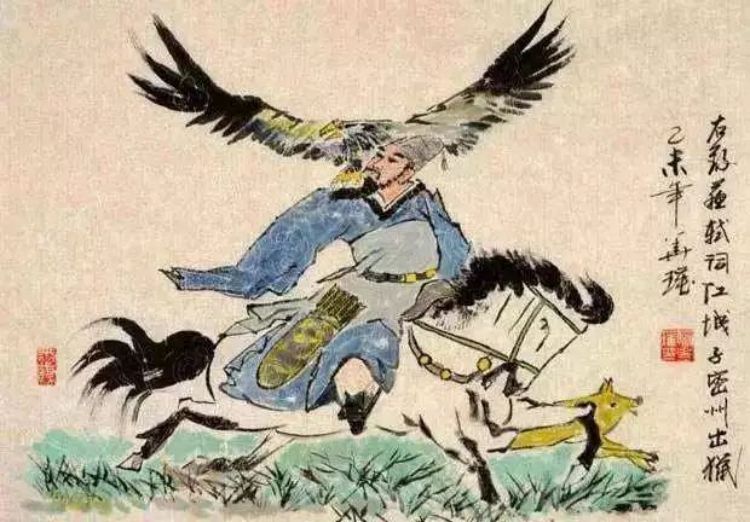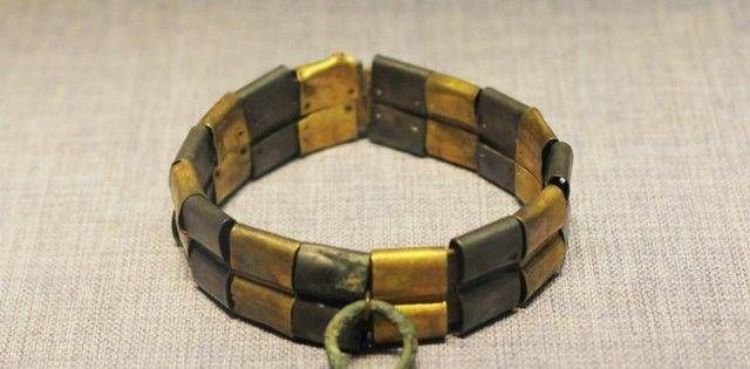Have you ever wondered who invented dog leashes? It turns out, people have been using them for thousands of years! Let’s take a fun look at how dog leashes started and how they’ve changed over time.
The Evolution of Dog Leashes in the West
Since the earliest days of dogs living alongside humans, leashes—or some form of tether—have always been part of the relationship. Whether for outdoor activities, hunting, or protection, leashes were essential to keep dogs under control. The type of collar or leash often depended on the dog’s role.
Ancient Times
Artifacts and artwork dating as far back as 4400 BCE reveal mosaic images from Pompeii showing dogs wearing collars and chains—some even depicting heroic scenes where dogs protected their owners.
In 7th-century BCE stone reliefs, powerful mastiffs are shown restrained with thick leather straps. In Ancient Egypt, leashes were used to train hunting and guard dogs, and it wasn’t uncommon for beloved pets to be mummified and buried alongside their owners.

Roman women walked their slender Italian Greyhounds on leashes, while war dogs wore protective armor. Greek shepherd dogs had leather collars with iron spikes to guard against predators.
Middle Ages
French King Louis XI was known for adorning his favorite greyhound with a ruby-studded collar. During this period, hunting and herding dogs were outfitted with leather collars and leashes, while flock guardian dogs wore metal spiked collars for protection.
Renaissance
During the Renaissance, dog ownership expanded to the middle class. Some dogs were pampered, wearing painted or decorative collars, while others served as working animals. Leashes allowed owners to control dogs with one hand while carrying firearms with the other. Locked collars signified ownership. In England, the “bandogge” was chained during the day and released at night to guard property.
18th Century
Pet dogs became popular among the British aristocracy. Breeds like Pugs, Spaniels, Bulldogs, and Foxhounds were kept as pets and for sport. By the late 1700s, concerns over animal welfare led to a shift: dogs were once again kept on leashes as domestic companions. Decorative collars replaced spiked ones, often engraved with the owner’s name for identification. These collars, made from gold or brass, sometimes included bells. Wide leather collars and chain leads were common. In hunting, two dogs were often linked by a coupler before being released.
Victorian Era
Dogs were highly valued across all social classes, inspired by Queen Victoria’s deep affection for her pets. Canines became common subjects in paintings by artists like Edwin Landseer and Maud Earl. Aside from being companions, dogs were also working animals. Some beggars tied dogs to themselves, with tin cups hanging from their collars to collect coins.
The Evolution of Dog Leashes in China
China has an equally long and rich tradition of dog ownership. The use of dog leashes dates back thousands of years, to early agricultural societies where people relied on leather or rope leashes to train and control dogs. These leashes were often handmade at home or crafted by local artisans, without standardized designs.

Ming Dynasty (1506–1521)
Historical records indicate that Emperor Zhengde of the Ming Dynasty once had a custom-made gold and silver leash and chain for his favorite dog, which he kept tied beside his bed.
During both the Ming and Qing Dynasties, leashes and collars were used in royal households to limit the number of dogs and prevent them from running away. Dogs kept in the palace—mostly hunting breeds and early shepherd types—required leashes to stay in place.

Qing Dynasty (1644–1912)
As the royal family’s love for dogs grew, so did the scale and variety of dog breeds. The Qing Dynasty’s imperial kennels were highly developed, with not just leashes and collars, but also designated dog houses, cages, and beds. Emperors and empresses often participated in dog-rearing personally, even carrying their pets in litters.
The Evolution of Leash Materials and Features
With China’s rapid urbanization, pet culture began to evolve. Dogs transitioned from traditional guardians to urban family companions. As a result, leashes became more common in daily life and were offered in a wider range of styles and functions.
Handmade Rope Leashes:
In the early days, pet owners created leashes using woven cotton or leather for better control.
Nylon Leashes:
As manufacturing advanced, nylon emerged as the go-to material for its lightweight, waterproof, durable, and strong-tensile properties. It remains one of the most popular choices today.
Retractable Leashes:
Introduced in the 1990s, retractable leashes revolutionized pet walking. They allow pets to explore within a 5–10 meter range, while reducing tangling and pulling with a controlled retraction system.
Innovative Designs:
As pet owners began prioritizing lifestyle and convenience, leashes started integrating additional features—like built-in flashlights, poop bag holders, or storage compartments—making walks easier and more enjoyable.
From ropes in ancient times to today’s high-tech, colorful designs, dog leashes have come a long way. They show how much people care about their pets—and how pets have become a big part of our daily lives.








